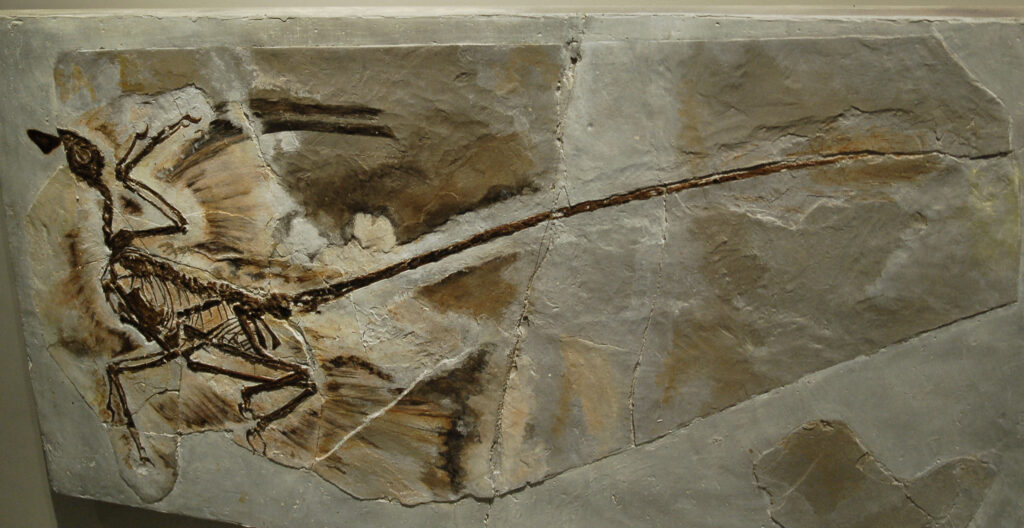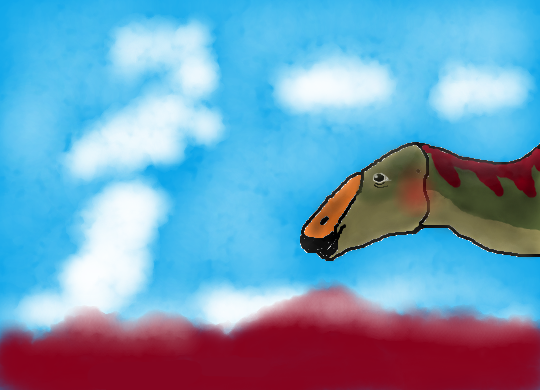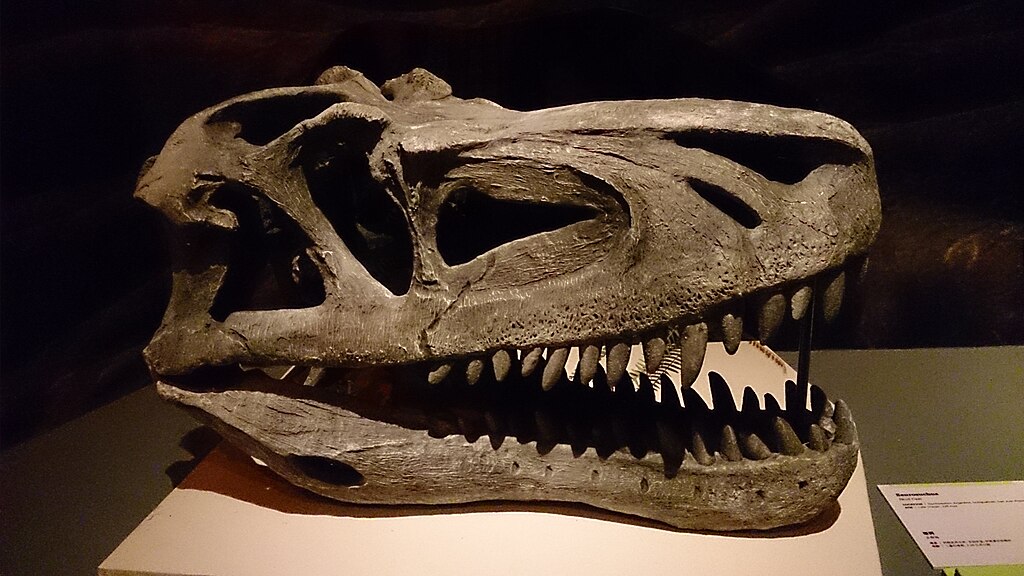The discovery of feathered dinosaur fossils has dramatically transformed our understanding of these prehistoric creatures. Far from the scaly, reptilian beasts that dominated popular imagination throughout the 20th century, evidence now suggests many dinosaurs sported feathers and feather-like structures. This evolutionary connection between dinosaurs and modern birds represents one of paleontology’s most significant paradigm shifts in recent decades. However, the question remains: were feathers widespread across dinosaur species, or were they limited to just a few groups? This article explores the current scientific understanding of feather distribution among dinosaurs, the evidence for feathered dinosaurs, and what this means for our perception of these fascinating creatures.
The Evolution of Feathers: Not Just for Flight

The evolution of feathers predates the evolution of flight by millions of years, contradicting the long-held assumption that feathers evolved primarily as adaptations for aerial locomotion. Primitive feather-like structures first appeared in the fossil record during the Middle to Late Jurassic period, approximately 165-150 million years ago. These early “protofeathers” were simple filamentous structures that likely served functions related to insulation, display, or possibly even camouflage. The discovery of non-flying dinosaurs with feathers has fundamentally changed our understanding of feather evolution, suggesting these structures initially evolved for purposes unrelated to flight and were only later co-opted for aerial activities in the lineage leading to birds. This evolutionary perspective helps explain why feathers might have been more widespread among dinosaurs than previously thought.
The Fossil Evidence: Preservation Challenges

The fossil record presents significant challenges for determining the true distribution of feathers among dinosaurs. Feathers and other soft tissues rarely fossilize, requiring exceptional preservation conditions typically found only in fine-grained sediments like those of the Liaoning Province in China, where many feathered dinosaur specimens have been discovered. This preservation bias means our understanding of feather distribution is inherently incomplete. Many dinosaur species may have possessed feathers that simply weren’t preserved in their fossil remains. Additionally, the quality of preservation can vary substantially, with some fossils showing only faint impressions or traces of feathers that might be missed without specialized imaging techniques. These preservation challenges suggest that feathers may have been more common among dinosaurs than the fossil record currently indicates.
Theropod Dinosaurs: The Feathered Champions

Among dinosaur groups, theropods—the predominantly carnivorous lineage that includes Tyrannosaurus rex and Velociraptor—provide the strongest evidence for feathered dinosaurs. Numerous fossil specimens from various theropod families have preserved evidence of feathers or feather-like structures. The most compelling examples come from the coelurosaurs, a diverse group of generally smaller theropods that includes compsognathids, tyrannosauroids, and dromaeosaurids. Spectacular fossils like Sinosauropteryx, the first non-avian dinosaur discovered with preserved feathers, revealed simple filamentous feathers covering its body. More advanced theropods like Microraptor even possessed complex pennaceous feathers on both their arms and legs, creating a four-winged appearance. The widespread presence of feathers across diverse theropod families strongly suggests that feathers were the norm rather than the exception in this dinosaur lineage.
Beyond Theropods: Evidence from Other Dinosaur Groups

While theropods provide the most abundant evidence for feathered dinosaurs, tantalizing discoveries suggest feathers or feather-like structures may have extended beyond this group. Fossils of the ornithischian dinosaur Kulindadromeus from Siberia show evidence of several types of feather-like integumentary structures, including simple filaments and more complex branched structures. Similarly, the ornithischian Psittacosaurus has been found with bristle-like structures protruding from its tail. These findings are particularly significant because ornithischians represent a completely different branch of the dinosaur family tree from theropods. If both major dinosaur lineages possessed feather-like structures, this would suggest that the common ancestor of all dinosaurs may have had some form of filamentous body covering. Such evidence supports the hypothesis that primitive feathers or feather-like structures were ancestral to dinosaurs as a whole, making them potentially the norm rather than the exception.
The Case of Large Dinosaurs: Scales versus Feathers

Larger dinosaur species present a more complex picture regarding feather coverage. Skin impressions from some large dinosaurs, such as certain hadrosaurs and ceratopsians, show primarily scaly skin without obvious feathers. Similarly, partial skin impressions from large tyrannosaurs like T. rex have traditionally been interpreted as showing scales. However, these findings don’t necessarily rule out partial feather coverage. Modern elephants, despite being largely hairless, still retain some hair, particularly when young. Large dinosaurs may have followed a similar pattern, possibly having feathers during juvenile stages or on specific parts of their bodies, while predominantly displaying scales as adults. The thermal dynamics of large body sizes also suggest that extensive insulating feathers might have been disadvantageous for giant dinosaurs in warm climates, potentially leading to the evolutionary reduction of feather coverage in some lineages as they increased in size.
Feather Types and Complexity

Dinosaur feathers exhibited remarkable diversity in structure and complexity, ranging from simple filaments to elaborate flight feathers. The most primitive form, often called stage 1 feathers or “dinofuzz,” consisted of single filaments similar to the down of modern bird chicks. Stage 2 feathers featured clusters of filaments joined at their base, while stage 3 feathers showed a central shaft with branching barbs. The most advanced structures, found in species like Microraptor and Anchiornis, were pennaceous feathers with a central shaft, barbs, and interlocking barbules similar to modern bird feathers. This diversity suggests a progressive evolution of feather complexity throughout dinosaur lineages. The presence of multiple feather types, often on a single individual, indicates that feathers served various functions simultaneously, from insulation to display, and ultimately, in some lineages, flight.
The Function of Dinosaur Feathers

Understanding the functions of feathers in different dinosaur species provides insight into why these structures may have been widespread. For many dinosaurs, especially smaller species, feathers likely provided crucial insulation, helping to maintain body temperature—important for animals that were potentially warm-blooded or intermediate between cold and warm-blooded metabolisms. In species like Caudipteryx and Anchiornis, feather patterns suggest roles in display and species recognition, similar to modern birds. Particularly striking are the preserved melanosomes (pigment-containing structures) in some fossils, indicating that dinosaur feathers came in various colors and patterns, further supporting display functions. In predatory dinosaurs like Velociraptor, feathers may have aided in prey capture by improving balance while running or jumping. For some species, feathered limbs might have provided advantages in stabilizing themselves while subduing prey. These diverse functions help explain why feathers might have been beneficial across many dinosaur groups, supporting the idea they were more norm than exception.
Geographic and Environmental Factors

The distribution of feathers among dinosaurs likely varied with geography and environmental conditions. Dinosaurs inhabiting cooler climates or areas with significant seasonal temperature fluctuations would have benefited more from insulating feathers than those in consistently warm environments. Fossil evidence supports this hypothesis, with many feathered dinosaur remains coming from what were temperate regions during the Mesozoic era. The Late Jurassic and Early Cretaceous periods saw global cooling events that might have favored the evolution or retention of insulating feathers in various dinosaur lineages. Additionally, nocturnal dinosaurs may have particularly benefited from feather insulation during cooler nighttime temperatures. These environmental considerations suggest that feather distribution might have varied not just taxonomically but geographically across dinosaur populations, with some species potentially having regional variations in feather density similar to how modern mammals show fur density differences across their range.
The Dinosaur-Bird Connection

The presence of feathers in numerous dinosaur species provides compelling evidence for the evolutionary relationship between dinosaurs and birds. Modern birds (Aves) are now classified as a specialized group of theropod dinosaurs that survived the Cretaceous-Paleogene extinction event approximately 66 million years ago. The transition from non-avian dinosaurs to birds was not a sudden leap but a gradual process spanning millions of years, with numerous intermediate forms showing combinations of dinosaurian and avian features. Archaeopteryx, long considered the earliest known bird, possessed a blend of reptilian features (teeth, bony tail) and avian characteristics (flight feathers), exemplifying this transitional nature. The widespread presence of feathers among theropod dinosaurs in particular strengthens the dinosaur-bird connection, demonstrating that many features once considered uniquely avian actually originated in their dinosaurian ancestors. This evolutionary continuity suggests that feathers, far from being exceptional, were a characteristic feature of the theropod lineage from which birds evolved.
Challenging Popular Dinosaur Imagery

The discovery of widespread feathers among dinosaurs has fundamentally challenged popular depictions of these animals in media and museums. For decades, dinosaurs were portrayed with reptilian, scaly skin, an image cemented in public consciousness through films like Jurassic Park and countless museum exhibitions. However, scientific evidence increasingly suggests this imagery is inaccurate for many species. Modern paleontological reconstructions now often include feathers on theropods and possibly other dinosaur groups. This shift represents not merely a cosmetic change but a profound reconception of dinosaur biology, behavior, and evolutionary relationships. Museums around the world have begun updating their dinosaur exhibits to reflect current science, although popular media has been somewhat slower to adapt. The 2015 film Jurassic World acknowledged this tension with a line about their dinosaurs not matching current science because “real dinosaurs had feathers,” a nod to the changing scientific consensus. This ongoing visual transformation helps demonstrate how our understanding of dinosaurs continues to evolve based on new evidence.
Recent Discoveries Expanding Our Understanding

The last decade has seen an acceleration in discoveries that further support the widespread nature of feathers among dinosaurs. In 2016, researchers described a remarkably preserved dinosaur tail found encased in amber from Myanmar, containing feathers with preserved coloration and structure at a level of detail impossible in traditional fossils. The specimen, from a juvenile coelurosaur, showed feathers with a central shaft and arrangements similar to ornamental feathers in modern birds. In 2018, the discovery of Caihong juji revealed dinosaur feathers with rainbow iridescence similar to modern hummingbirds, preserved through fossilized melanosomes. Perhaps most significantly, studies of feathered dinosaur fossils using specialized imaging techniques have revealed previously undetected feathers in specimens once thought to show only scales. These ongoing discoveries continue to extend the range of known feathered dinosaurs and refine our understanding of feather evolution, consistently pointing toward feathers being more widespread among dinosaurs than previously recognized.
Scientific Consensus and Remaining Questions

The current scientific consensus leans toward feathers being common among at least theropod dinosaurs, with growing evidence suggesting some form of filamentous body covering may have been ancestral to dinosaurs more broadly. However, significant questions remain about the exact distribution of feathers across dinosaur groups. The nature and extent of feathered covering in large dinosaurs remains particularly contentious, with some researchers arguing for substantial feather reduction in giant species. Similarly, the prevalence of feathers in ornithischians (bird-hipped dinosaurs) and sauropodomorphs (long-necked dinosaurs) remains unclear due to limited fossil evidence. Questions also persist about the developmental and genetic origins of dinosaur feathers and their relationship to modern bird feathers. Resolving these uncertainties will require additional fossil discoveries, particularly from underrepresented dinosaur groups and geographic regions, as well as advances in techniques for detecting and analyzing feather evidence in existing specimens. Despite these open questions, the trajectory of evidence increasingly supports feathers being the norm rather than the exception for substantial portions of the dinosaur family tree.
Conclusion

The evidence increasingly suggests that feathers were indeed the norm rather than the exception among dinosaurs, though their distribution was likely not universal. Theropod dinosaurs, including the lineage that eventually produced birds, almost certainly possessed feathers as a standard feature. For other dinosaur groups, the evidence is growing but remains incomplete. What’s clear is that our traditional image of dinosaurs as exclusively scaly creatures is outdated. Many dinosaurs were likely colorful, feathered animals more reminiscent of birds than reptiles. This evolutionary connection between dinosaurs and birds reminds us that dinosaurs didn’t truly go extinct—they persist today in the form of over 10,000 living bird species. As new fossils emerge and analytical techniques advance, our understanding of dinosaur feathers will continue to evolve, but the evidence already points to a Mesozoic world far more colorful and feathered than we once imagined.



